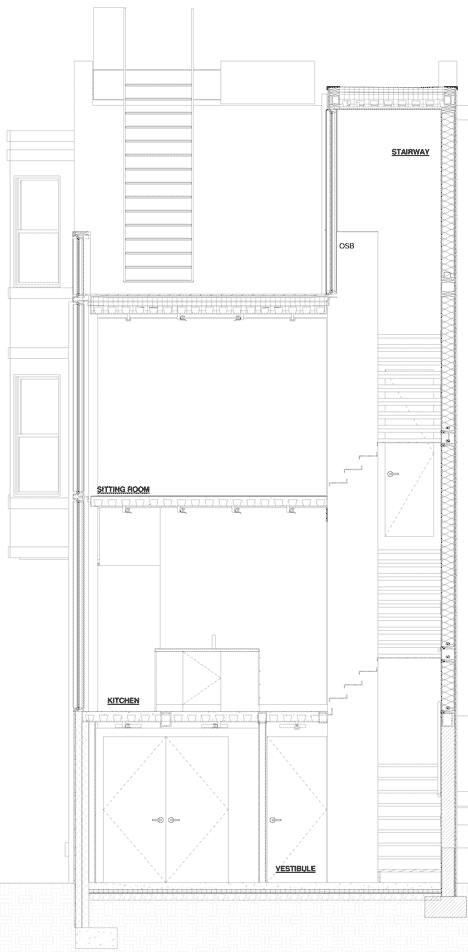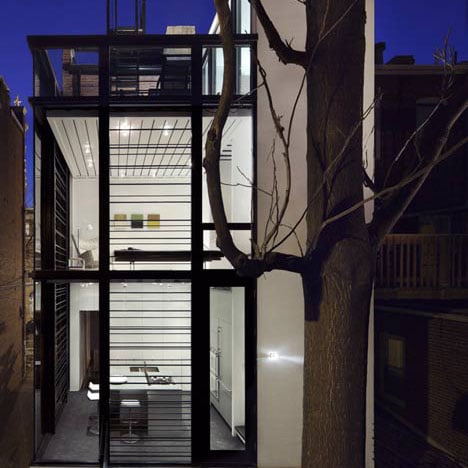
Barcode House by David Jameson
A sequence of horizontal steel rods resemble a barcode on the glass facade of a house extension in Washington DC.

American architect David Jameson designed the four-storey extension, which provides a new kitchen, living room, balcony and roof deck to the terraced house.
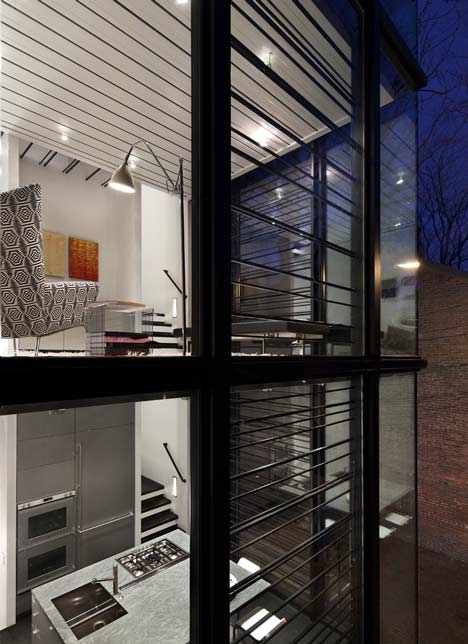
The two street-facing facades of Barcode House are transparent, composed of glass panels that infill a grid of steel beams.
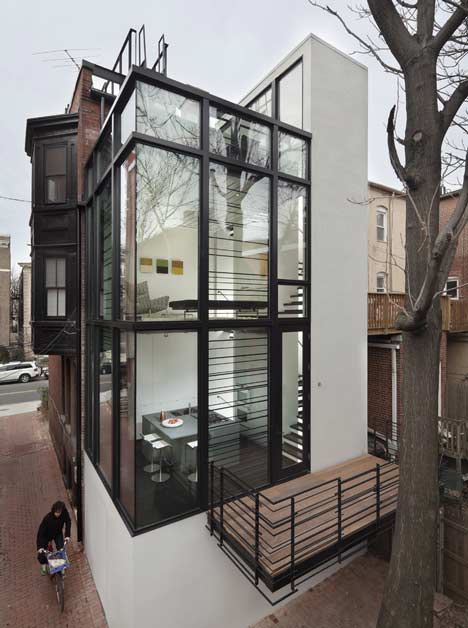
The narrow barcode-like rods bridge this framework, matching the heights of eaves and window frames on neighbouring properties.
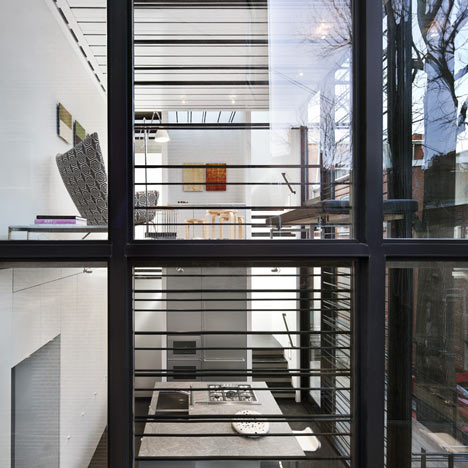
A door on the first floor is the only connection between the existing house and the extension, which has its own staircase.
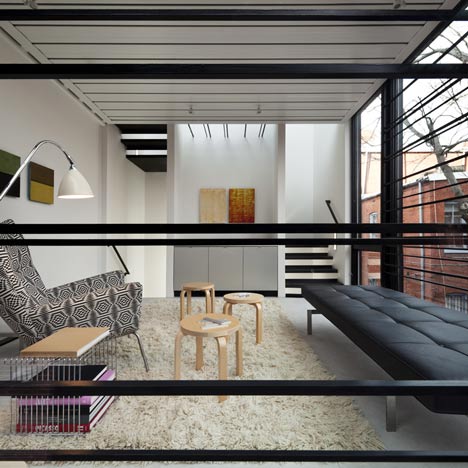
More American houses from the Dezeen archive include a Philadelphia residence with a glazed interior wrapped in a curved brick facade and a New York loft with glass ceilings and walls - see more stories about projects in the USA here.
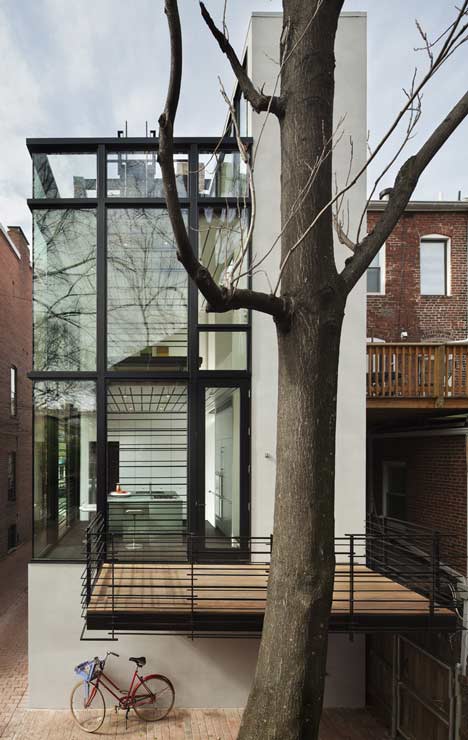
Photography is by Paul Warchol.
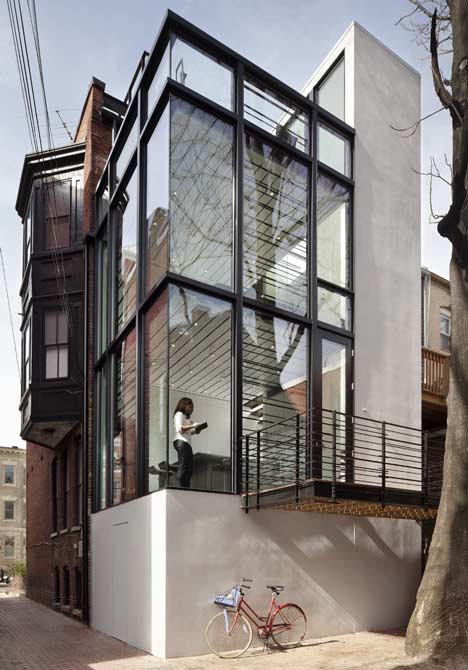
Here's some more text from Jameson:
Barcode House
Barcode House explores juxtapositions between the heavy and light and the old and the new.
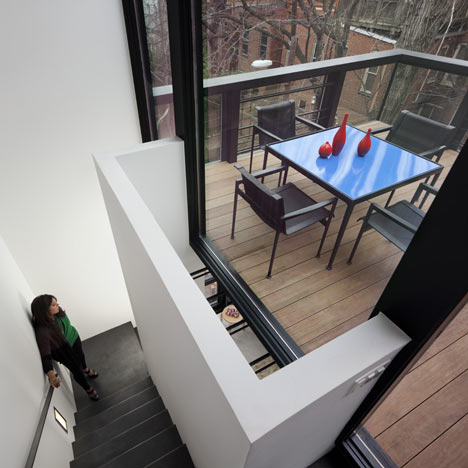
The work is formed by positioning the project’s diverse pressures into a unique situational aesthetic.
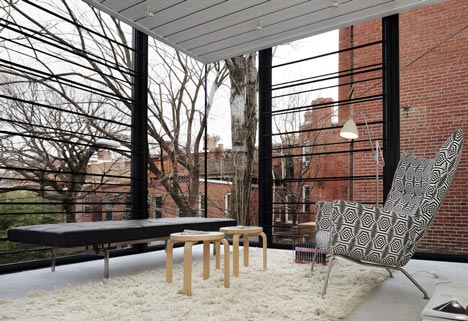
Brittle masonry walls of the existing Washington, DC row house governed that the addition be engineered as a freestanding structure.
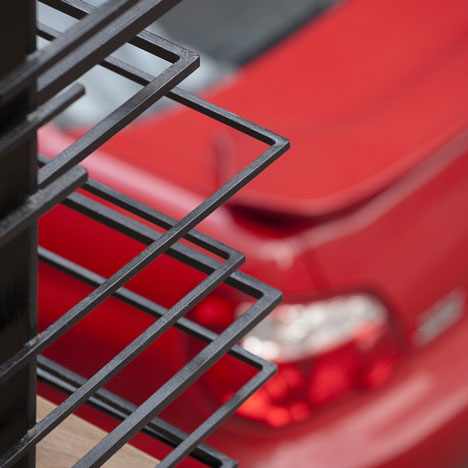
Site constraints dictated a vertically oriented spatial solution.
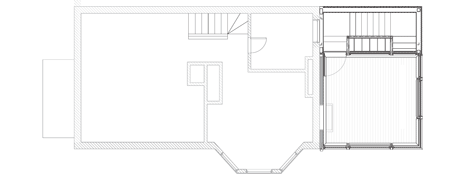
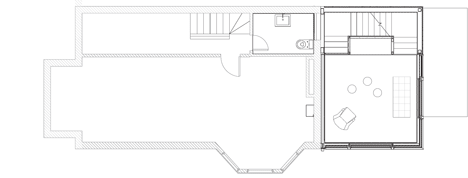
The client’s desire for transparent living space generated the opportunity to create an integrated solution for lateral force requirements.
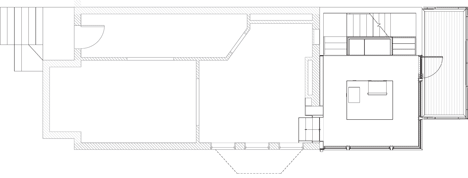
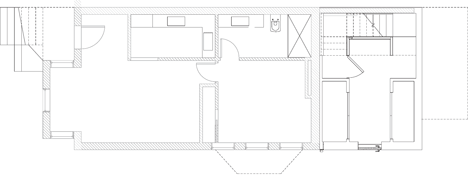
Structural steel rods within a glass window wall are aligned with datum lines of the neighboring building elevations. A stucco circulation tower anchors the living space to the existing row house.
